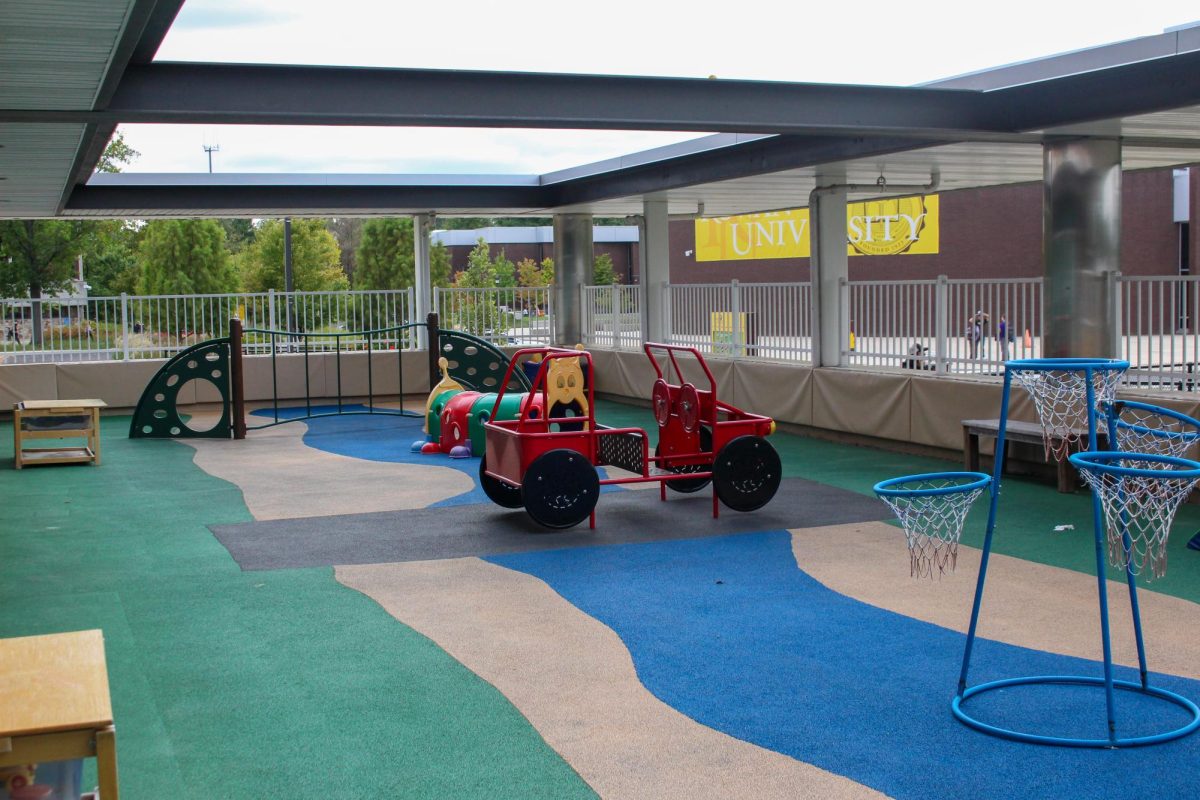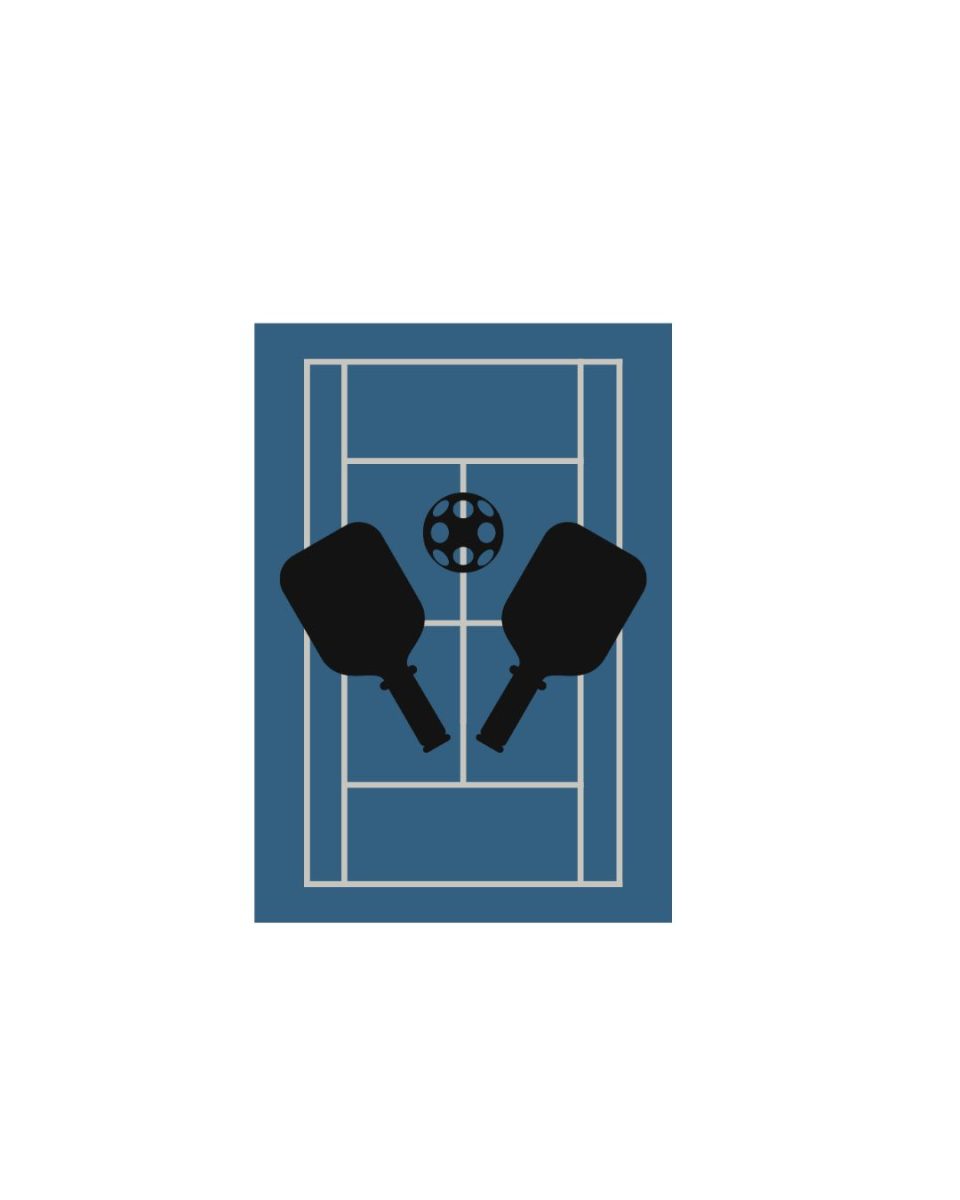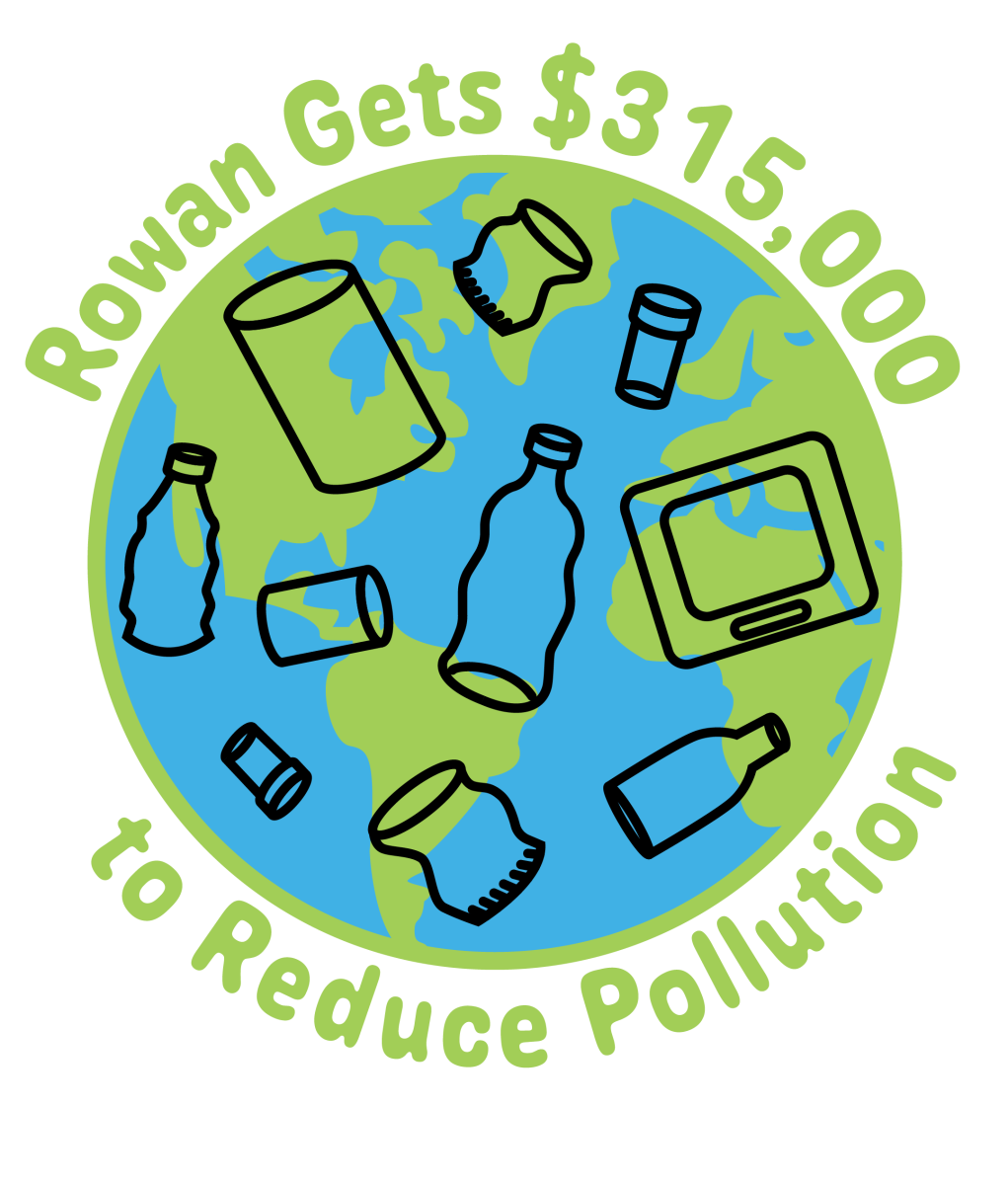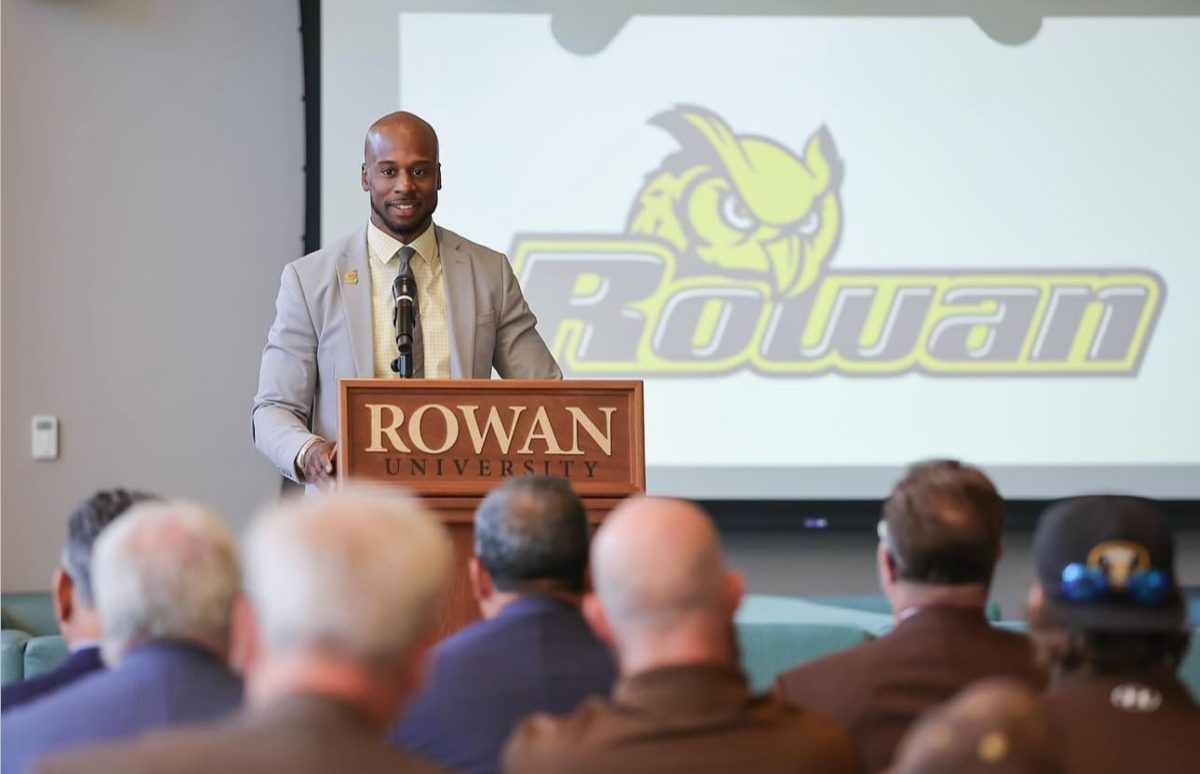On Oct. 6, the grant that will provide Rowan University with $315,000 to fund the pollution prevention project was approved.
The Environmental Protection Agency (EPA) announced on Sept. 15 that Rowan has been selected to revise one of the first pollution prevention (P2) grants under the Bipartisan Infrastructure Law. The Infrastructure Law will provide $100 million to fund multiple pollution prevention projects.
The grant, titled “Computational Modeling and Machine Learning for Sustainable Process Synthesis, Safer Alternative Chemicals, and their Environmental Impact Assessment,” is being headed by two principal investigators (PI) Kirti Yenkie, Ph.D., and Robert Hesketh, Ph.D. They also have two co-investigators, Stewart Slater, Ph.D. and Mariano Savelski, Ph.D.
“[We hope to] develop these machine-learning algorithms which can predict safer alternative chemicals for an existing more hazardous alternative,” said Yenkie.
There are four aims for the project. The first is to develop some of the machine learning algorithms to estimate the lifecycle inventoried for new chemicals. The second aim is to find environmental missions and scale-up factors for chemicals and technologies. The third is to calculate operating parameters for greener technology options. The last aim is to integrate all three of the aims into a case study and test and validate that in consultation with the pharmaceutical facility.
The group meets every week and has clinic periods twice. In one of the meetings, undergraduates met with graduate students. Last Thursday, Oct. 6, the faculty met all participating students to go over what tasks they have.
For the past two weeks, the group has come up with a standardized spreadsheet with headings for all data collection.
“The students are working in terms of finding that information for existing chemicals as well as new chemicals and filling in the data,” said Yenkie.
The next step would be to find out if they can develop correction algorithms or machine learning algorithms to apply so that a person can extrapolate the information for other chemicals.
“The final outcome would be these machine learning codes which can be used by other people,” said environmental scientist and the project officer for the EPA, Walter Schoepf.
The project is not just for the environment but for Rowan.
“It’s important because Rowan University has submitted a winning proposal that has a chance to change the way companies do business, making them more sustainable and competitive,” said Schoepf.
In order to receive the grant, Rowan University had to submit a proposal to get funding under the Bipartisan Infrastructure Law. The EPA has ten regions. Rowan applied for a competitive grant in EPA Region 3 (R3), the Philadelphia office. The region received a total of eight applications for evaluation, and Rowan was selected.
“Expanding that to the national program like the BIL is very important because it reflects our competency at the university to do cutting-edge research,” said Yenkie.
EPA R2 in the New York City office agreed to manage the project selection through the award, and then also manage the grant post-award. The project will be partnered with a pharmaceutical facility to identify and develop safer alternative chemicals.
”The idea came after we did the previous project looking into processes with solvents, particularly when we looked at specialty chemicals and pharmaceutical industries in those processes,” said Yenkie.
This project allows opportunities for students that they might not get from the course curriculum.
“They will get an opportunity to also present at national and regional conferences. In the past five years, we have had at least ten presentation award winners and that helps them, later on, to get a relevant job of their choice because it adds to their credentials,” said Yenkie.
In Schoepf’s experience, a number of students from the program are easily hired by companies after they graduate. For the companies involved, they get cost-effective, outstanding recommendations from both the faculty and the students.
“They develop skills of how to collaborate with different people around real-time problems. So I think it’s a very powerful model for that type of training. I think for the companies that are involved in it, they get very cost-effectively some outstanding recommendations from both the faculty and the students,” said Schoepf.
The project will be sponsored by the EPA, but will not be directly involved in the research.
“If they have any feedback or if they can find similarities between the work their colleagues are doing at EPA, they might help us in building that connection but they are not actively involved,” said Yenkie
A progress report will be submitted every six months for the two-year project.
“EPA Region 2 is delighted to support both the faculty, graduate students, and undergraduate students as they make significant contributions to improve the sustainability of key business sectors in New Jersey and across the United States,” said Schoepf.
For comments/questions about this story tweet @TheWhitOnline or email [email protected].
























































































































































!["Working with [Dr. Lynch] is always a learning experience for me. She is a treasure,” said Thomas. - Staff Writer / Kacie Scibilia](https://thewhitonline.com/wp-content/uploads/2025/04/choir-1-1200x694.jpg)









































